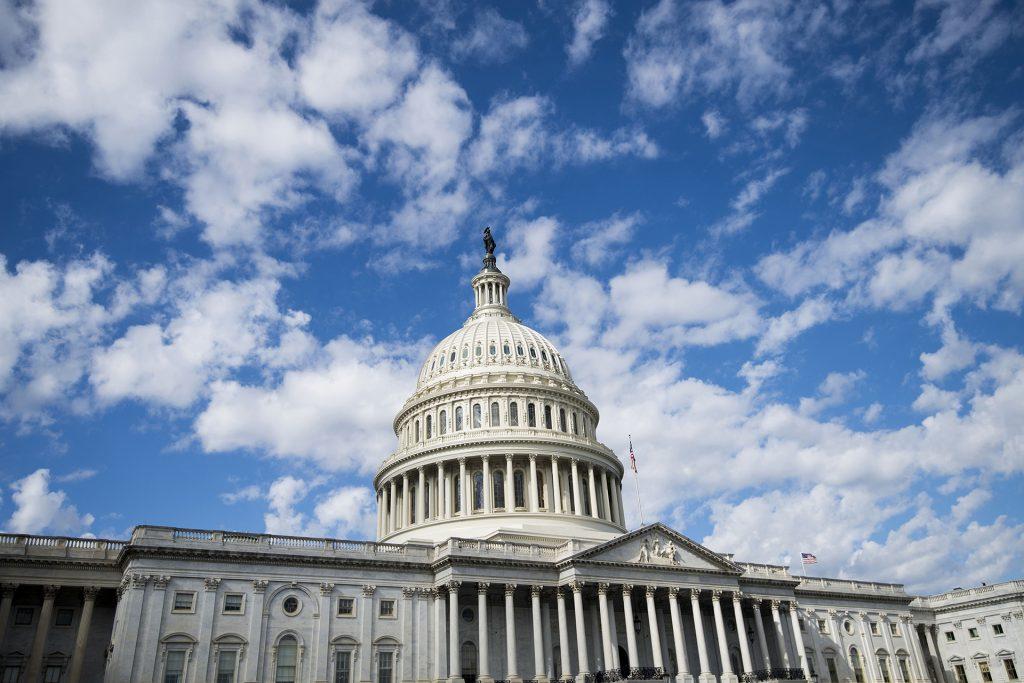Three years from now, the president of the United States will be elected. I’m not talking about the November election in which we get stickers for being good citizens. The real election will take place on Dec. 14, 2020, when the 538 Americans who make up the Electoral College will choose the president and vice president.
Before partisan soldiers start shouting absolutes about the controversial system, let’s look at a compromise that can satisfy both sides.
Political nerds probably already know that Nebraska and Maine use a process known as the Congressional District Method. This gives two votes to the presidential candidate with the most statewide support, while giving its remaining electoral votes to the winner in each of the state’s congressional districts.
At present, the Electoral College can be won with the 11 most populous states.
That’s it. A candidate who’s super popular in big cities could rally massive support in urban areas and win the presidency with miniscule portion of popular vote and virtually zero backing in small states.
This goes against one of the purposes of the Electoral College, which is to protect rural voters from the tyranny of large cities. It may seem unlikely for a candidate to win a combination that includes California, Texas, and Georgia. But with the long historical trend toward urbanization, it becomes increasingly possible for a city slicker to win while completely disregarding small communities.
RELATED: Electoral College persists
This isn’t a good thing for Republicans. The side that mostly supports the current electoral method could be doomed as Democrats get an increasingly stronger lock on big cities. But there is a solution.
The Congressional District Method allows conservative voters to have a say in a liberal state and vice versa. In 2016, Donald Trump won Maine’s 2nd District, earning 1 electoral vote in reliably liberal New England. The opposite happened in 2008, when Barack Obama won the urban 2nd District of Nebraska. This system gives a more accurate representation of who the American people want to be their president.
The Congressional District Method solves another problem: uncompetitive states. In general, big states are becoming bluer and small states are becoming redder. This discourages Americans — millions of whom hold minority views in their home state — from voting, one of the most American civil responsibilities there is.
Let’s examine our most populous state to see why. More than 4 million Californians voted for Trump in the last election, and he even won big league in several inland counties. But none of those voters mattered because of the huge populations in liberal cities such as Los Angeles and San Francisco. All 55 of the Golden State’s electoral votes went to Hillary Clinton, even though Trump received around 32 percent of the vote.
RELATED: Lane: Electoral College means vote trading
It might be even worse when the state vote is close. Trump won Michigan by about 10,000 voters — one-fifth of 1 percent — but received all of its 16 electoral votes. That doesn’t represent Michiganders’ view of Trump, just as California’s 55 votes doesn’t represent Californians’ view of Clinton.
This problem would be alleviated if candidates had to campaign for the liberal cities of Texas, the conservative regions of upstate New York, and everywhere in between. Instead of a couple of swing states, there would be dozens of swing districts up for grabs. Presidential hopefuls would be forced to appeal to a more diverse group of Americans.



